Even from the first visit to Japan, I was fascinated with
torii, the gates marking the entrance to the
Shinto shrines. Although a common part of the Japanese landscape, the origin of
torii is still unknown. According to some theories, the
torii architecture comes from India, where there are some similar structures, the
torana and the
pandal.
According to other theories, the
torii were inspired by the
paifang Chinese gates or by the
hongsalmun gates from Korea.
Torii at Futarasan Shrine, Nikko However, it is more probable that the
torii are specific Japanese structures, an evolution from a simpler structure, still used today, the
Shime torii: two vertical poles, joined with a
shimenawa.
There are many styles of
torii, according to some sources more that 20, many of them named after the
Shinto shrine styles.
With sizes varying from tens of meters to slightly taller than a man, made of wood, stone, metal or concrete, simple or ornate, each is beautiful in its own way.
But in addition to beauty, a
torii has a spiritual significance, because it is used to separate the sacred from the profane space.
Of course, I have made a lot of
torii photos and you have already seen some of them on
my articles or in the
photo gallery.
However, for today I picked from the Creative Commons images from Flickr, 20 superb vintage photos made by 3 great photographers: Kusakabe Kimbei, Adolfo Farsari and T. Enami:
Încă de la prima vizită în Japonia m-au fascinat
torii, porţile aşezate la intrarea sanctuarelor
shinto. Cu toate că fac parte din peisajul obişnuit din Japonia, originea
torii este necunoscută.
După unele teorii provin din India unde există nişte structuri asemănătoare numite
torana sau
pandal. După alte teorii, au fost inspirate din porţile chinezeşti (
paifang) sau coreene (
hongsalmun).
Torii at Futarasan Shrine, Nikko Este însă posibil ca
torii să fie specific japoneze, fiind o evoluţie firească de la o formă simplă, care se mai foloseşte şi astăzi (
Shime torii): doi stâlpi verticali uniţi cu o
shimenawa.
Există o mare diversitate de stiluri constructive, după unele opinii mai mult de 20, multe dintre ele denumite după tipul de altar
shinto. De asemenea, la intrarea unui altar pot fi una sau chiar câteva zeci de
torii. Însă fie că sunt de dimensiuni uriaşe sau doar puţin mai înalte decât statura unui om, realizate din lemn, piatră, metal sau chiar beton, simple sau cu ormanente, fiecare este frumoasă în felul ei.
Dar pe lângă frumuseţe,
torii au o semnificaţie spirituală, aceea de a separa spaţiul sacru de cel profan.
Desigur, am facut foarte multe fotografii cu
torii, pe unele deja le-ati văzut pe
site sau în
galeria mea foto, însă pentru astăzi am ales un set de 20 superbe fotografii vechi Creative Commons de pe Flickr, fotografii realizate de 3 fotografi celebri: Kusakabe Kimbei, Adolfo Farsari şi T. Enami.

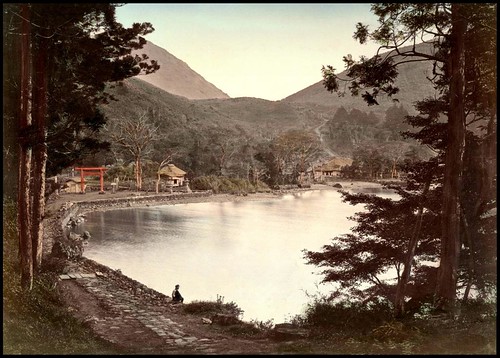
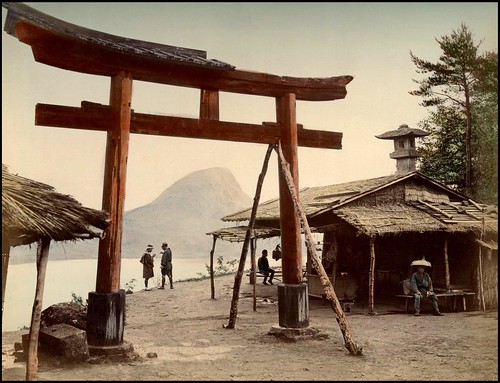
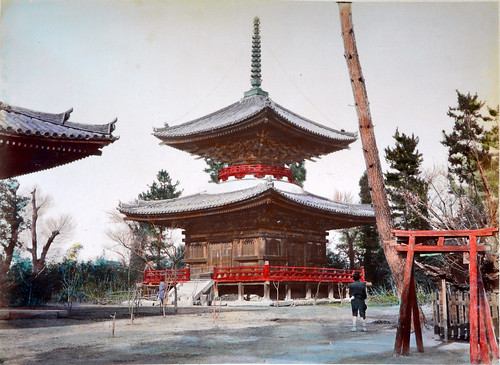
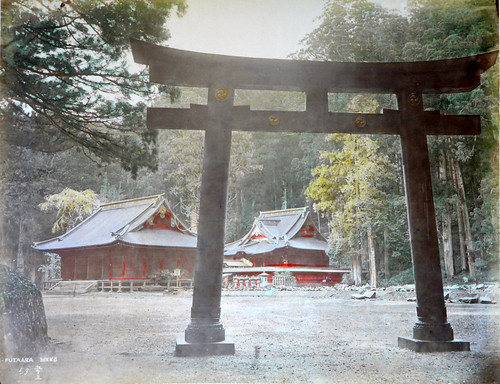
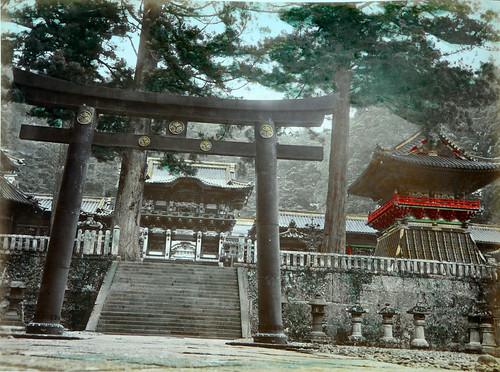
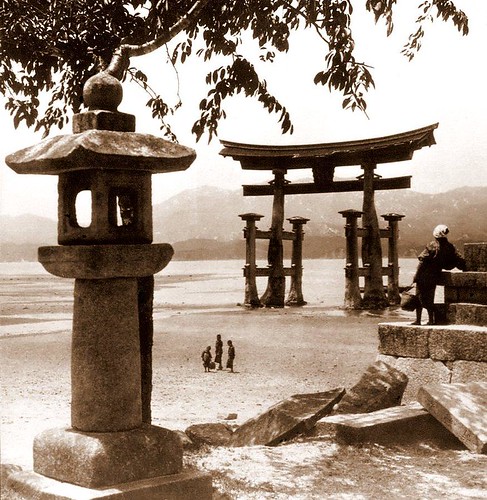


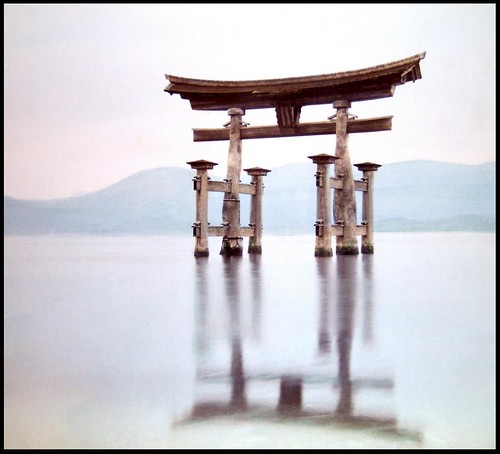
![MOUNT NANTAI FROM UTAGAHAMA [UTAGA BEACH] ALONG THE SHORE OF LAKE CHUZENJI NEAR NIKKO -- A Winter Scene in Old Japan](http://farm3.static.flickr.com/2219/2311912590_f86ffab15c.jpg)
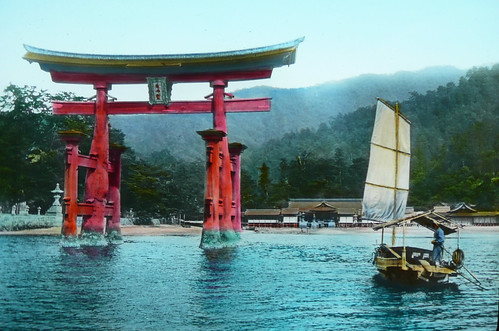

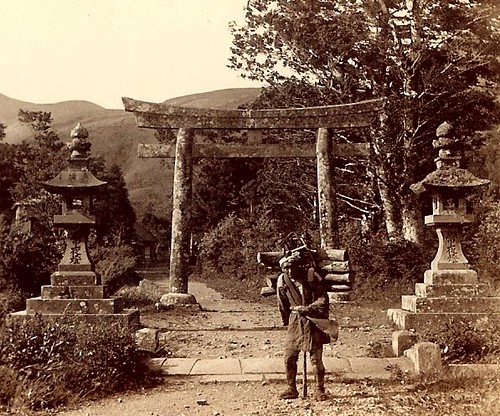
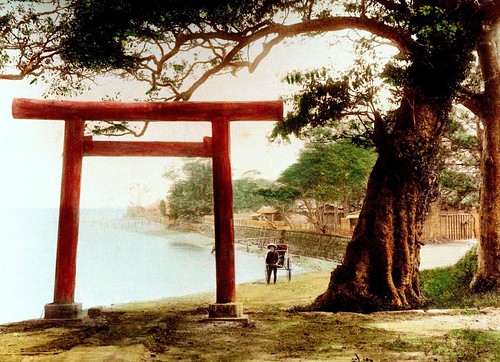
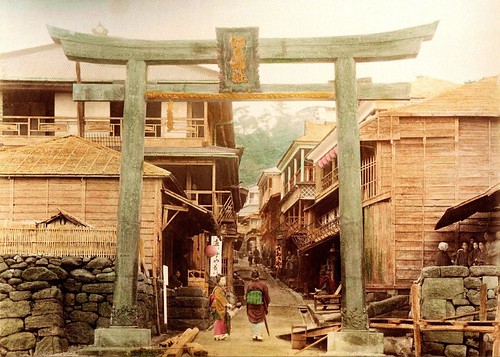
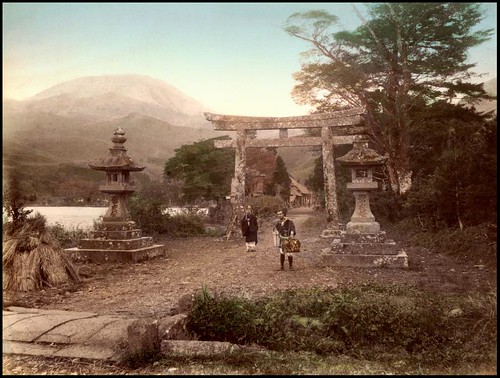
![MOUNT NANTAI FROM UTAGAHAMA [UTAGA BEACH] ALONG THE SHORE OF LAKE CHUZENJI NEAR NIKKO -- A Lovely Scene in Old Japan](http://farm4.static.flickr.com/3158/2409104922_a28639f42a.jpg)